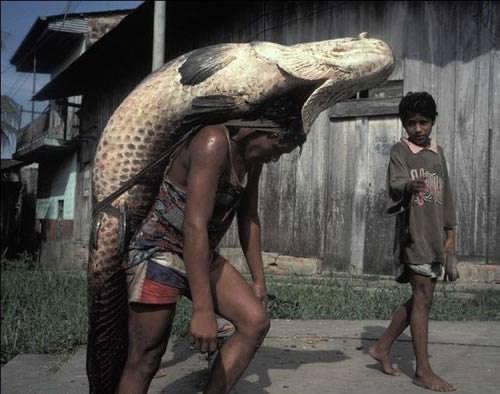Page 1
EPIB Trail
Volume 6, Issue 2 1
The EPIB Trail Eco Fact: A female pillow octopus is 40,000 times heavier than a male pillow octopus.
e.e Cummings
World’s Loneliest Whale (2-3) Death of a Giant (4) Bees: Colony Collapse (5) Air-Breathing Fish (6) The Royal Parks (7) Bias In Recycling (8) GMO Labels (9) Farmer Against Hunger (10)
It can be difficult for students, and faculty alike, to stay focused when November rolls around. We’ve passed the half-way point, and winter break is starting to seem less and less like a dream of the distant future. To stay focused here at the Trail, with Thanksgiving approaching, we’ve all been thinking about some of the things we’re thankful for. From the discovery of new species to amazing “green” building techniques, our world and the people in it never cease to amaze us. As we give thanks this year for the wonderful people and possessions in our lives, we can’t forget to thank our planet as well. We hope you enjoy this edition of the Trail as much as you’re going to enjoy that second (or maybe third) helping of stuffing and mashed potatoes!
Oatmeal Cookies & Rationing (11) Wonderful World of Flavors (12) Climate Fiction (13) Horseshoe Crab Blood (14) Streams to Portable H2O (15)
Advisors:
Earthships-Green Living (16-17)
Kristen Goodrich & Dr. Clark
Fox Domestication (18-19) Star Struck by Astronomy? (20-21)
Arcadia
Rebecca
Chloe’
Renee
CNN Hero of The Month & Dr. Clark’s Strange Tails (22)
Daniel
Ryan
Trail Mix (23)
Evangelina
Selen
Francesca
Simon
Holly
Tami
Katie
Wendy
Rachel
Will
Back to Index







